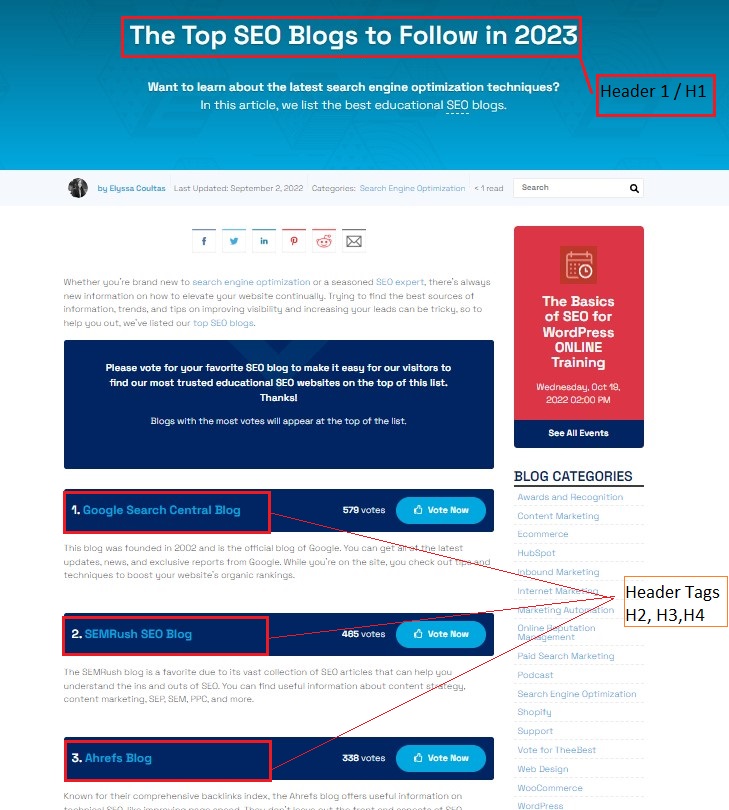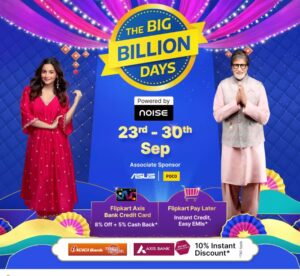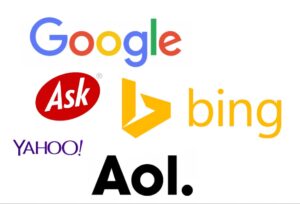
SEO Is A Marathon, Not A Sprint.
Search Engine Optimization (SEO) can feel like a magic bullet sometimes. You tweak a few things, write some content, and hope for instant website traffic domination. Unfortunately, SEO isn’t quite that simple. It’s a long-term strategy, more akin to a marathon than a sprint.
Imagine you need financial advice. One advisor throws a bunch of investment options at you, while another asks about your goals (saving for retirement? college fund?) and risk tolerance. Who’d you trust more?
It’s the same with SEO. A generic approach throws generic solutions at your website. A good SEO expert will first analyze your site (like a financial audit) and then craft a strategy specifically for your needs.
Table of Contents
Welcome to the world of Search Engine Optimization.
You already have a website but are not getting good traffic and desirable ranks on SERPs. Well, you need a curated and well-defined SEO strategy. Search engine optimization (SEO) is the process of improving the quality and quantity of traffic to a website or a web page from search engines. SEO targets unpaid traffic, also known as natural or organic traffic, rather than direct traffic or paid traffic. Unpaid traffic may originate from different searches, such as image, video, news, report, or industry-specific vertical searches. Every website and web page needs a different SEO strategy. But how will you determine the best strategy for your website?
SEO Audit
A good SEO strategy starts with an SEO audit. It is a way of evaluating the ability of your website to rank better on search engines. It helps find the gaps and suggests corrections to improve the website ranks on SERPs. You can work on proposed measures and put your SEO strategy on the right track.
An SEO audit is unique to your website and is performed along the line of Content, Technology, and Authority. These are the three pillars of your SEO strategy.
Content and Technology are directly linked to the website. They need an on-page SEO strategy wherein Authority is a parameter outside your website and requires an off-page SEO strategy.
On-Page SEO refers to the activities performed on your website to improve its search engine ranking. It includes adding relevant and robust content to your website, smartly using well-researched keywords, getting your pages indexed by crawlers, and enhancing backend technology for a better user experience.
Off-page SEO refers to activities conducted outside your website to increase its Authority and traffic. Sometimes, people also deploy the ‘Black Hat’ SEO strategy to gain short-term gains and objectives.
Black Hat and White Hat SEO strategies
- Black Hat SEO refers to a set of practices used to increase a site or page rank in search engines through means that violets the Search Engines’ terms of service.
- White Hat SEO refers to those practices that agree with the guidelines laid down by the search engines.
Difference between Black Hat and White Hat SEO strategies.

How to conduct an SEO audit?
As mentioned earlier, you can conduct SEO audits along the lines of content, technology, and Authority. There are various tools available for performing an SEO audit. Some of them also offer free versions for limited periods. The process is simple and almost the same for all these tools. Just put in the link of the website or webpage on these tools. Depending upon the type and size of the website, these tools generate a comprehensive report about the website’s content, technology, and Authority within seconds to minutes. Some also provide suggested measures to correct the gaps found during the audit.
Post audit actions
Once you have generated an audit report, check the shortcoming and recommendations provided by the tool used for the audit.
You can start with the non-technical part of your website, which is content.
Content:
The better your content is, the better your chance of ranking higher in the search engines. If your content is relevant, has appropriate keywords, and is appropriately indexed by search engines, it should rank higher on SERPs. Make it search-friendly by using easy navigation, allowing users and search engines easy access to content on the website.
Content Strategy:
You need a strategy to make your content friendly to users and search engines. Content is not all about the text and paragraphs published on the website. They have elements like
Title Tag:
They are those highlighted first lines of each page link on SERPs, which briefly describe the page to the user and search engines. The title tag’s ideal length is between 10 to 70 characters. Google does not display beyond seventy characters. Use well-researched keywords in the ‘Title Tag’.
Meta Tag:
It contains a small brief about the topic covered on the page. But they are not displayed on the page. Insert relevant keywords in the ‘Meta Tags’ as they get highlighted when displayed on SERPs. It also helps in advertising the page. The ideal length of a Meta Tag is between 135-160 characters. It is primarily written in active voice and contains a CTA to encourage users to click on the link.

Header Tag:
Named H1, H2 to H6, they represent the Headers and Sub-Headers of the content. H1 is called the ‘Title’ of your content, and the rest are called Sub-Headers. H1 is most important for indexing as it tells the crawlers about the page’s content. It is easier to optimize the Headers by using appropriate keywords.
Alt Tag:
Search engines cannot recognize the media in your content. So, they are also tagged to tell the users and crawlers about them. Do not leave any media on your webpage without a tag. You can refer to an SEO tool site called seositecheckup.com to find discrepancies in your Alt Tag strategy and do the needful.
Content (Itself):

Relevancy is vital for content. Your content must provide relevant information about the topic mentioned in the Title Tag, Meta Tag, and H1. Also, ensure proper flow and good storytelling in the content so that users who went through the Title tag, Meta Tag, and Header are not feeling let down by the page’s overall content.
After optimizing your content, It’s time for the technical optimization of your site. It helps search engines crawl and index your content easily, increasing your chances of ranking higher.
Page Speed:
The lower the page load time, the lesser the bounce rate. Search Engines love websites that provide great user experiences. Page speed is an essential part of it. As per Google research, the bounce rate increases by 32% if the page load time increases from one to three seconds. Below mentioned steps can help in optimizing the page speed.
- Optimizing Images for the web.
- Enable Gzip compression.
- Enable Cache
- Engage content delivery network.
- Minifying CSS, JavaScript, and HTML.
If you are not a technical person, no problem. Above mentioned aspects can be fixed with the help of your web developer at the server level. A web developer must ensure that these parameters have been taken care of by coordinating with the web host. Your web host’s capabilities and service level agreement determine how your page loads.
URL Structure:
Since you have fixed your content and page speed, it is time to look at your website address, called Uniform Resource Locator (URL). An SEO-friendly URL is short and descriptive, conveying a page’s content clearly to Search Engines and Users. Here are a couple of quick tips for an SEO friendly URLs
- Make Shorter URLs that are easier to share.
- It should contain keywords relevant to the content it holds and tells the visitor what the page is all about.
- What the page is all about.
Sitemap:
A sitemap is a blueprint of your website. It helps the crawlers to navigate and scan different parts of your website. A sitemap can give directives to search engines about important pages and updates on the website. As per Google, if a site’s pages are properly linked, crawlers can scan and index them. It means you don’t necessarily need a sitemap. But having a sitemap won’t hurt your SEO efforts. In fact, sitemaps are very useful in some cases.
- New Website: If your website is new and has only a few backlinks, then a sitemap will help Google crawlers to find pages on your website.
- E-Commerce Site: If yours is an E-Commerce site with thousands of pages that are not adequately linked internally and externally, then Google will have problems finding pages. Hence, it is good to have a sitemap.
A sitemap is shared with search engines in XML format.
Robots.txt:
Google allocates a crawling budget to each site, meaning there are a limited number of times when crawlers can visit your website.
You don’t want to waste this allocation on less important pages. You can take the help of ‘Robots.txt‘ files to instruct the crawlers about how to crawl your website. You can ensure that important pages on your website are scanned and indexed. This will further better your SEO results.
SSL Certificate (Secure Socket Layer):
Have you ever noticed the “https” at the beginning of some website addresses? That extra “s” stands for Secure Sockets Layer (SSL) and it’s like a shield protecting your information.
Here’s why it matters:
- Encrypted Traffic: SSL scrambles data like passwords and credit card numbers as it travels between you and the website, making it unreadable to hackers.
- Trustworthy Signal: An SSL certificate shows visitors you take security seriously and are a legitimate business. This builds trust and encourages them to interact with your site.
- Search Engine Boost: Bonus! Search engines often favor websites with SSL certificates, potentially giving you a ranking edge.
SSL isn’t just for online stores anymore. It’s crucial for any website that collects user information, even for things like contact forms or logins. By prioritizing security, you show your visitors you value their privacy.

Internal Links:
Another critical aspect of SEO is Internal Linking. It means connecting one page of the website to other pages through links, which helps users and crawlers easily navigate. It also makes a visitor stay longer on your website and consume more content.
External Links (Off-Page SEO):
You have learned how to optimize your website’s content (Non-technical SEO) and technical aspects. It’s time to learn and earn website authority, also. Google’s algorithm also considers the number of links a site gets from other websites for ranking. They are called ‘Backlinks’ (Inbound or Incoming Links).
So, if your content is excellent and your website is technically optimized, then why your website needs backlinks? Because
- Backlinks help search engines discover your website faster.
- Backlinks can generate more referral traffic for your website.
- Search engines consider backlinks as a vote for confidence. More votes your website has, the more likely it will rank higher for relevant search queries.
Not all backlinks are good-quality links. Two primary factors put a good-quality link apart from a not-so-good-quality one.
- Relevancy
- Authority
Let us understand this with an example.
Suppose you own a website for gardening. You got two backlinks from two different websites. One is a fashion blogger with a huge follower base; the other is a popular gifting ideas website. Which one will earn you a better ranking on SERPs?
Search engines will give more weightage to the second one due to topical relevancy. But if the gifting idea’s website is new and has poor Authority, then search engines will give more weightage to backlinks from fashion blogs with higher Authority.
So, it is suggested that if you are looking for quality backlinks, try to get them from relevant and authoritative sources.
Hey there. Thanks for stopping by!

I am Dipak Kumar. I am an entrepreneur and blogger. In my long professional journey, I have worked with various organizations at different levels as a marketer, retailer, and merchandiser. Throughout this journey, I have worked along the consumer funnel. I have witnessed customers’ ever-changing buying behaviours, from brick-and-mortar stores to organized retail to E-Commerce.
I am writing this blog to share my knowledge and understanding of trending news, events, and subjects from Marketing, Retail, E-Commerce, Edtech, Travel, and Start-Ups. It’s not a nine-to-five job for me. It is a whole day and night job requiring in-depth research and collaboration to put things together and bring a new perspective for your consideration. I love doing this and hope you also like it and share it with your contact and online communities.





Can I simply say what a relief to seek out someone who really knows what theyre speaking about on the internet. You undoubtedly know the way to deliver a problem to light and make it important. Extra individuals need to learn this and understand this aspect of the story. I cant believe youre not more popular since you positively have the gift.